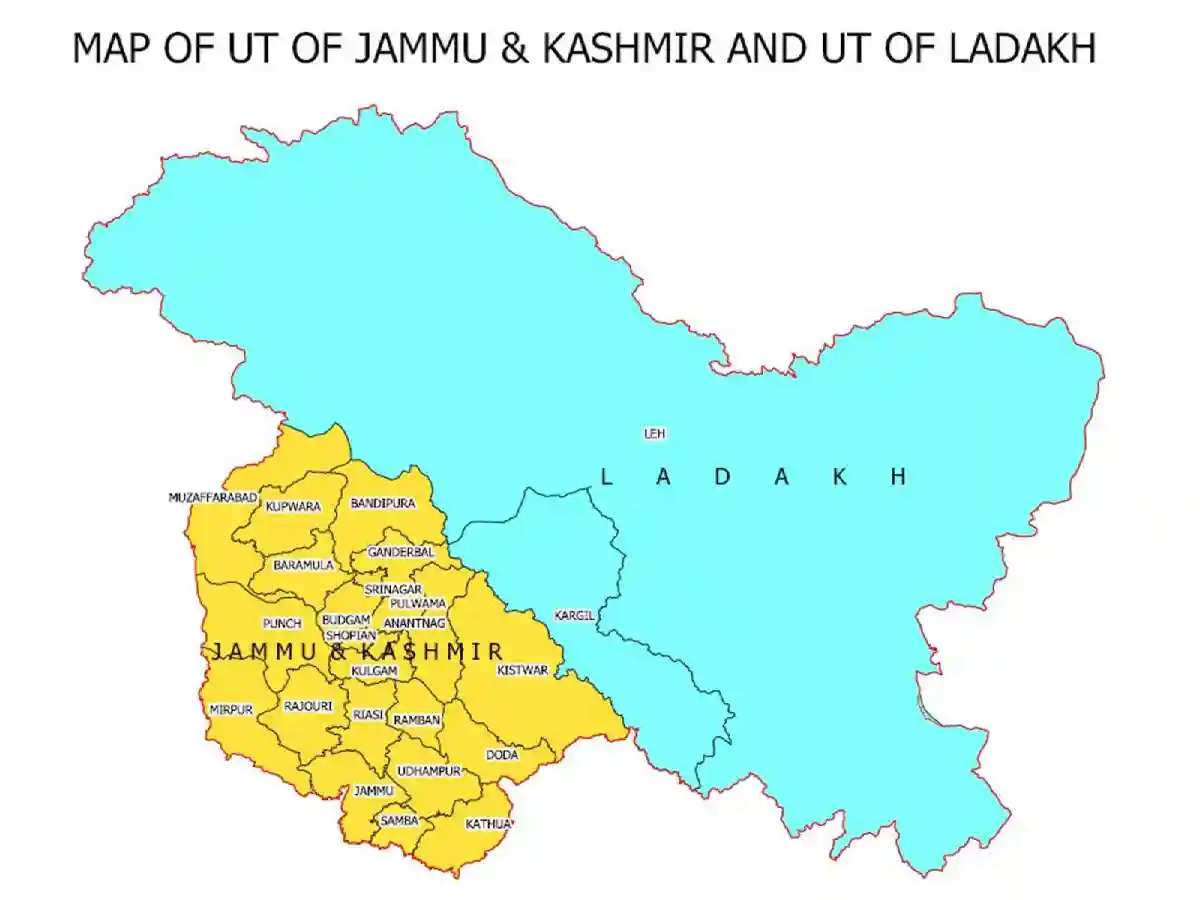The German Foreign Ministry’s new periodical, Focus on India, has sparked intense controversy about how Jammu Kashmir and Ladakh are portrayed. The territories were depicted in a graphic with no clear boundaries, provoking condemnation from Indian observers. The image has raised issues, particularly given the sensitivity of how global maps depict these countries. The event occurred at a critical time, as German Chancellor Olaf Scholz’s state visit to India approached.
Many people are already wondering if the map problem will overshadow the bigger purpose of improving bilateral relations. The visit is supposed to improve collaboration in sectors including as security, trade, climate change, and people-to-people ties; however, the oversight
The Focus on India document represents a dramatic shift in Germany’s approach to India. It underlines India’s role as a “central and active shaper of international politics” and a stabilizing power in the Indo-Pacific, particularly given China’s growing prominence in the region.
The report emphasizes security cooperation, with Germany urging stronger engagement between the Indian and German arms industry to lessen India’s reliance on Russian military hardware. It also emphasizes the necessity of trade diversification, citing India as a major component of Germany’s Asian economic policy.
The document also details ambitions for renewable energy collaboration, with Germany proposing specialized solutions to assist India increase its green energy potential. The two countries are also considering cooperative projects in third countries, particularly in Africa, as well as a larger involvement through the EU’s Global Gateway initiative. There is also a focus on expanding people-to-people contact, with the Indian diaspora in Germany playing an important role in strengthening ties. However, the map dispute has elicited passionate responses. Explains everything you need to know about Western strategic ties with India.

